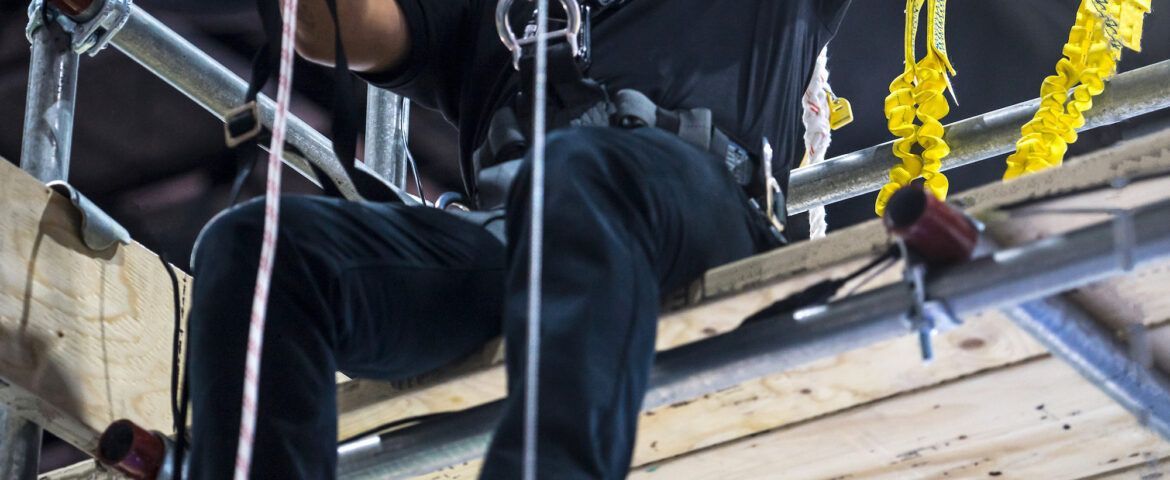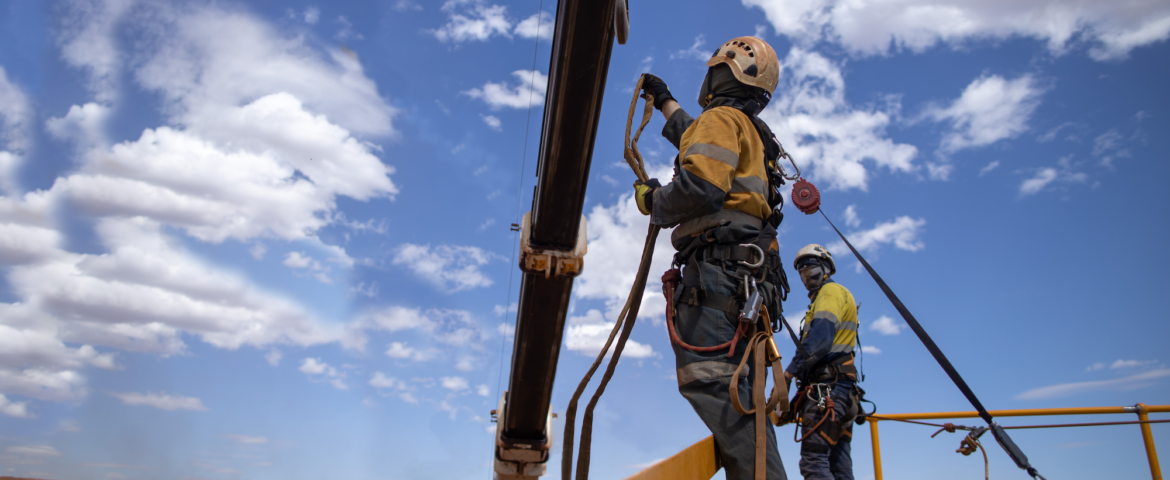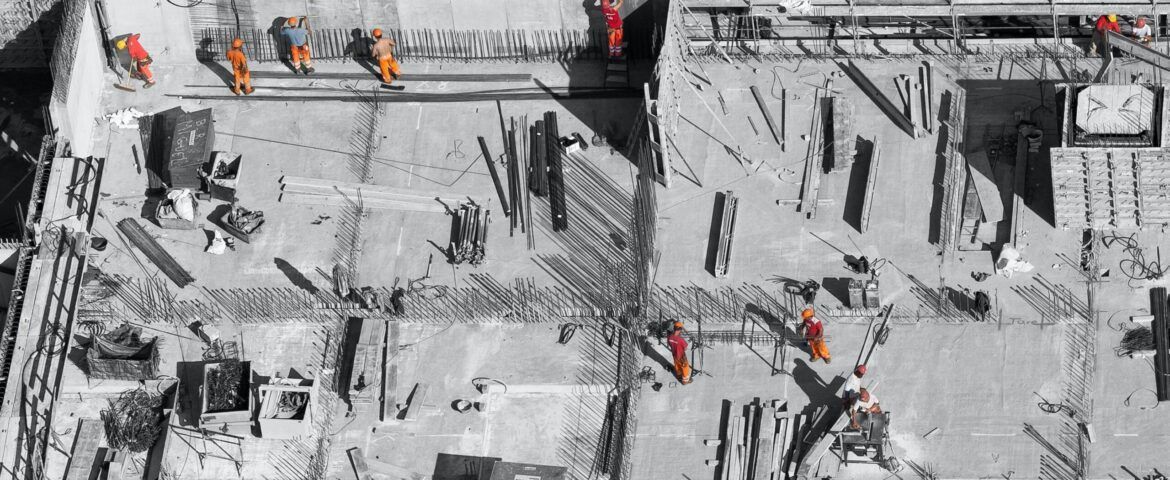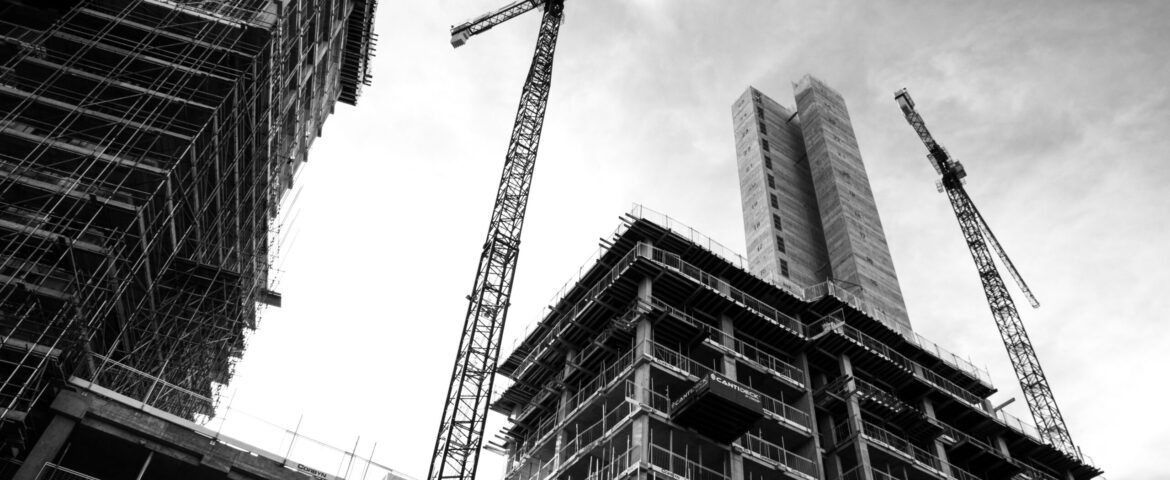How to Conduct a Fall Hazard Assessment
Ted Wilkinson
Passive fall protection systems are crucial on job sites since fall hazards are among the most common causes of workplace injuries and fatalities. A fall hazard assessment is essential to identify potential risks and take appropriate measures to prevent them, such as installing fall protection netting systems. By understanding the steps to ensure workplace safety […]

Fall hazards are taken very seriously when working in construction because of the high fatality rate. When dealing with fall protection equipment manufacturers, such as Safeline-FP, employers want to ensure their safety equipment is reliable, durable, and easy to use to ensure the safety of their workers. The security of workers is essential on a […]

When working at heights, it’s crucial to have the right passive fall protection systems in place. According to OSHA, falls are one of the leading causes of work-related injuries and deaths. Choosing the right fall protection system can prevent injuries and save lives. From Safeline-FP, here are three important factors to consider when choosing a […]

Regarding workplace safety, fall protection netting systems should be a top priority for any employer. According to the Occupational Safety and Health Administration (OSHA), falls are one of the leading causes of workplace injuries and fatalities. Therefore, it is essential to implement an OSHA-compliant fall protection system to ensure the safety of your employees. Let […]

As the top makers of safety netting for fall protection, we know one of the most important parts of construction safety is fall protection equipment. In 2022, nearly 5,000 Americans died working on construction sites. Many of these deaths could easily have been prevented with the proper fall protection equipment. However, with so many different […]

Due to the hazardous work environment associated with the construction industry, having Safeline-FP’s OSHA-compliant fall protection systems protect construction workers is beneficial. Unfortunately, falls are among the leading causes of workplace fatalities and injuries. At the same time, employers should understand the different types of training and how to implement a training program on fall […]

At Safeline-FP, preventing an incident and ensuring worker safety with measures like fall protection netting systems are paramount. Falls are one of the leading causes of injuries and fatalities in the construction industry; according to the US Bureau of Labor Statistics, falls account for over 40 percent of all construction industry fatalities. These deaths could […]

Working in the construction industry can be risky, especially if your company isn’t using the right safety netting for fall protection. According to the CDC, falls account for 36 percent of all deaths of employees on construction sites. Safeline-FP safety netting is a construction worker’s lifeline in the event of a fall. In this blog […]

Have you noticed lately that you see netting in places such as playgrounds, sporting events, and retail stores? All to protect us, however, nettings most important duties lie in construction. The No. 1 cause of death in the construction industry is from falls, followed by struck-by and caught between. The reality is that netting can […]
